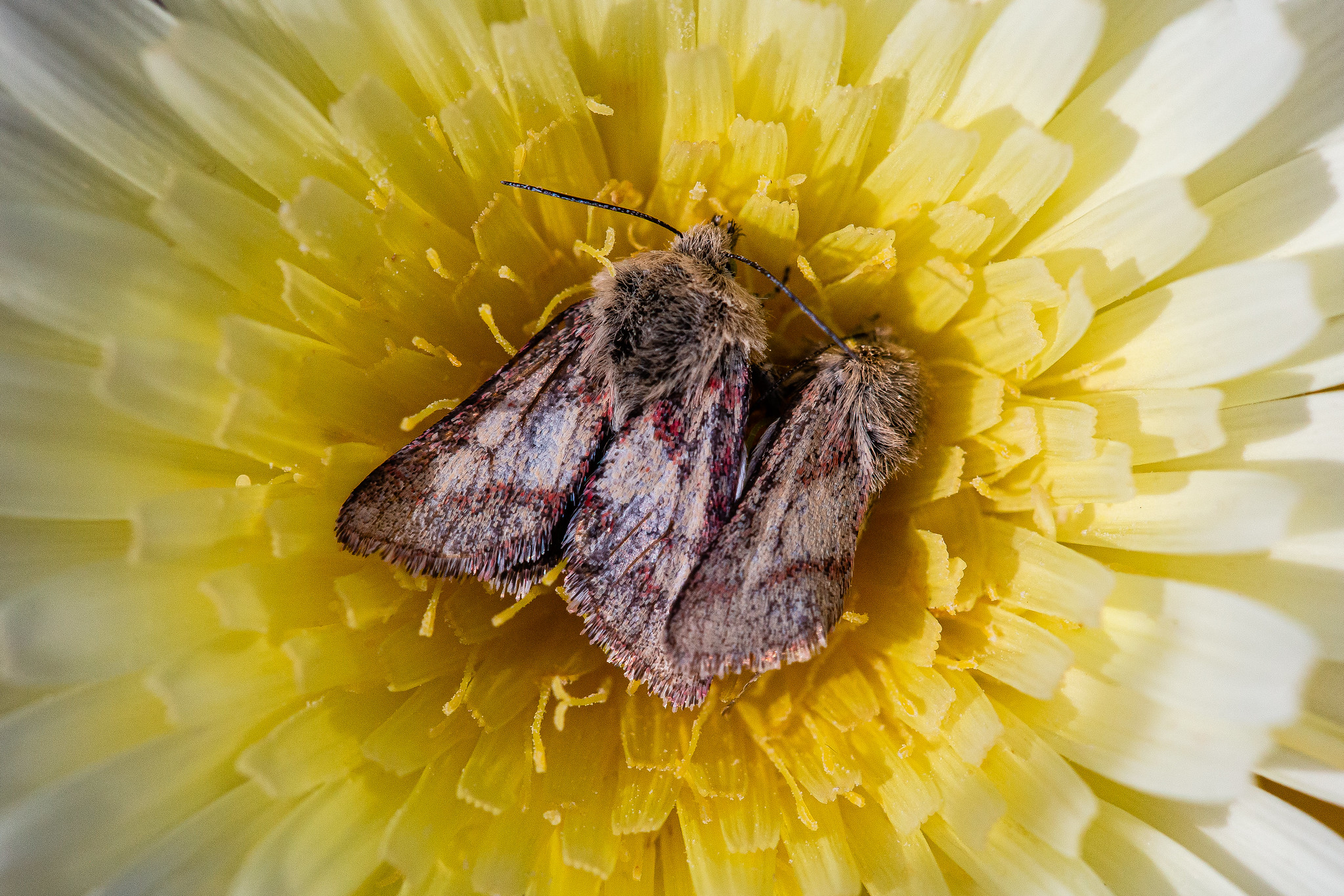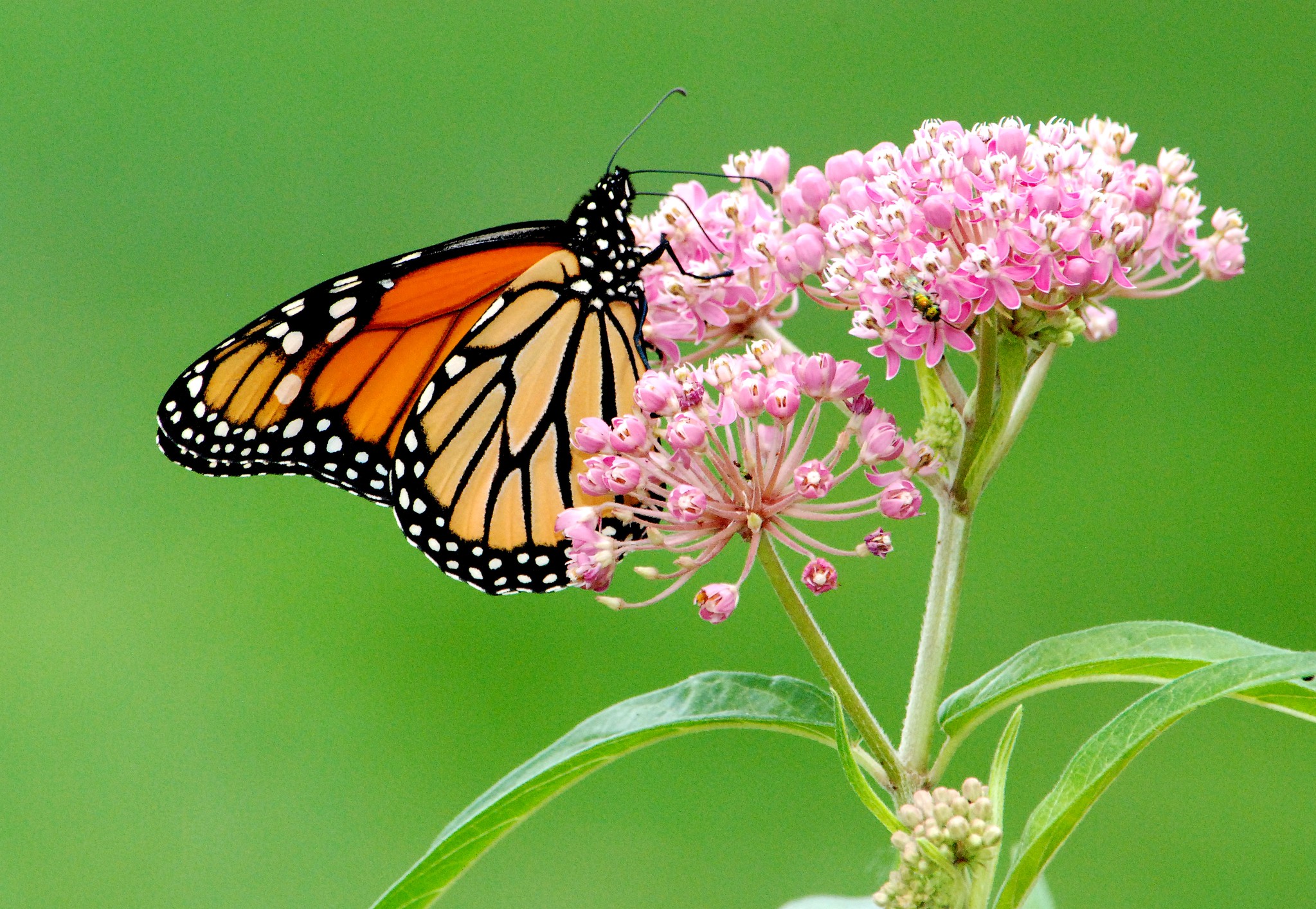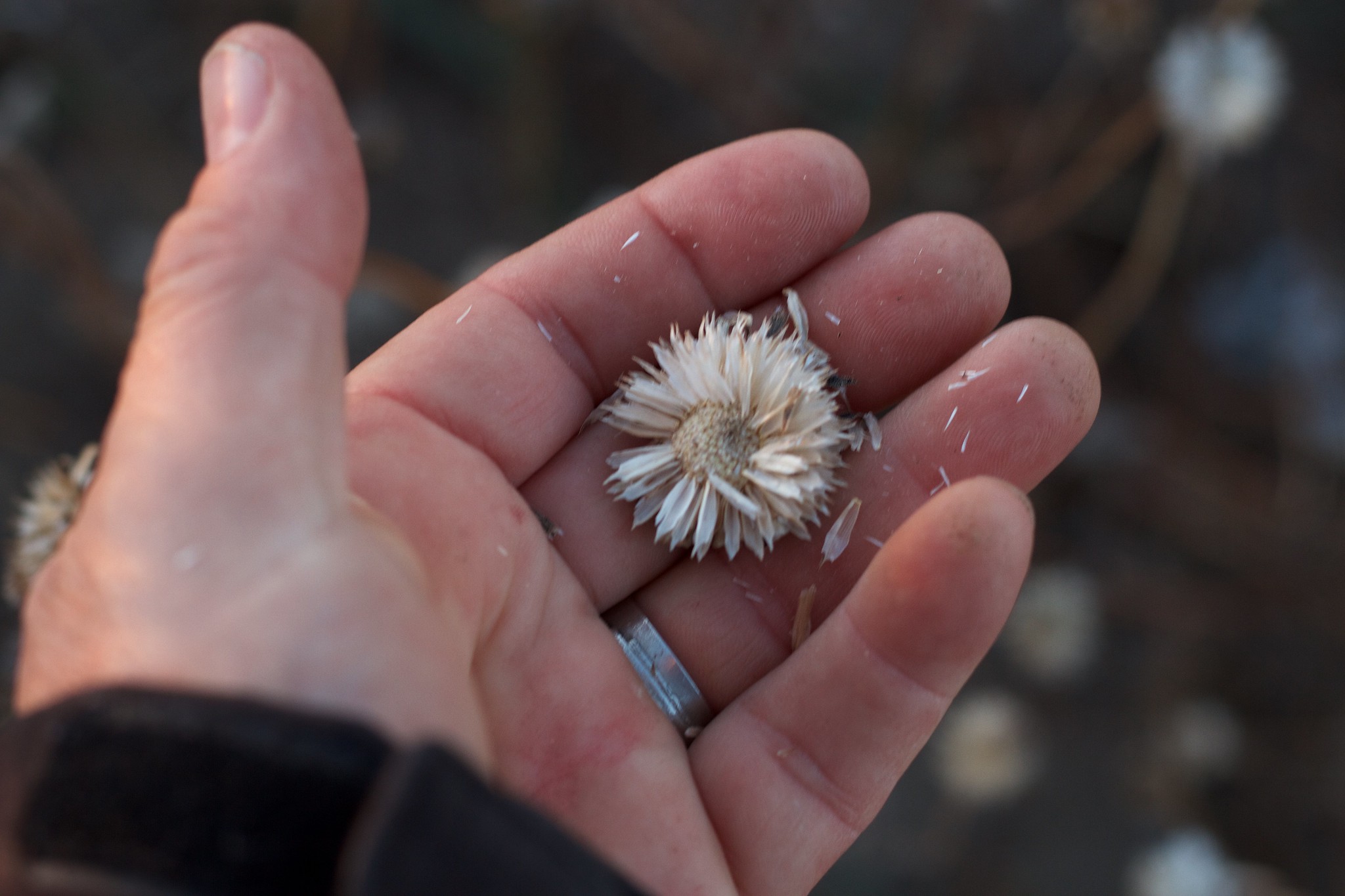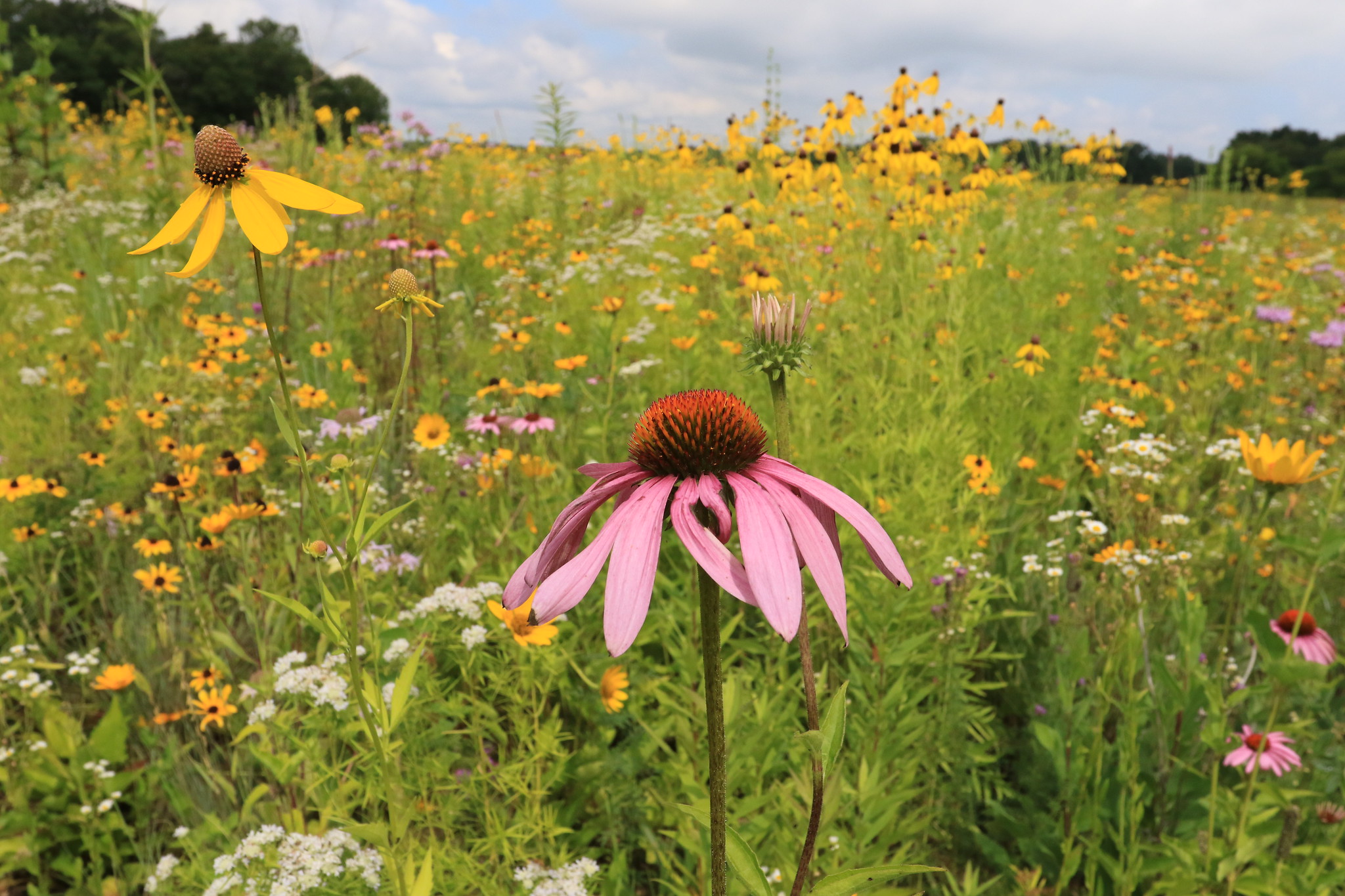How They Contribute to Reducing CO2 Levels
As the global community continues to grapple with the impacts of climate change, finding sustainable solutions to reduce greenhouse gases is more critical than ever. One of the most effective natural methods for combating climate change is carbon sequestration, the process of capturing and storing atmospheric carbon dioxide (CO2). While large-scale technologies and policy shifts are essential, native plants play a vital, often overlooked role in reducing CO2 levels in the atmosphere. In this article, we’ll explore how native plants contribute to carbon sequestration and why they are crucial for our environmental future.
What is Carbon Sequestration?
Carbon sequestration refers to the process by which carbon dioxide (CO2) is absorbed from the atmosphere and stored in plants, soil, and other natural environments. Plants naturally absorb CO2 during photosynthesis, using it to create energy and grow. Some of the carbon absorbed is stored in the plant’s biomass (leaves, stems, roots) and in the soil, where it can remain for long periods.
Sequestration occurs in two primary forms:
- Biological sequestration: The absorption of carbon by plants, trees, and soil.
- Geological sequestration: The long-term storage of carbon deep underground.
While both are important, biological sequestration is where native plants truly shine. Native plants, due to their adaptability and deep root systems, are highly effective at sequestering carbon in both their biomass and the soil.
How Native Plants Contribute to Carbon Sequestration
- Efficient Photosynthesis
- Native plants are adapted to local conditions, which allows them to perform photosynthesis efficiently. As they photosynthesize, they absorb carbon dioxide from the atmosphere and convert it into organic carbon stored in their leaves, stems, and roots.
- Unlike non-native plants, native species have evolved in the region’s specific climate, making them more effective at utilizing sunlight, water, and CO2. This means they can continue sequestering carbon even in challenging environmental conditions, such as drought or extreme temperatures.
- Deep Root Systems
- Native plants are known for their deep, extensive root systems. These roots not only help anchor the plant in the soil but also store carbon deep underground. Over time, as the plant grows and decays, carbon is transferred into the soil and remains sequestered for years, if not centuries.
- Deep roots are particularly important for carbon storage in soils because they increase the soil’s organic matter. This organic matter helps the soil retain more carbon and also improves its overall health and structure.
- Soil Carbon Storage
- Native plants are crucial for maintaining soil health, which is another key component of carbon sequestration. When native plants die or shed their leaves, roots, and stems, the organic material decomposes and becomes part of the soil. This process contributes to the formation of humus, which is rich in carbon.
- The soil acts as a carbon sink, storing carbon in stable forms that can remain there for long periods. In healthy soils, carbon can be stored for decades or even centuries, preventing it from being released back into the atmosphere as CO2.
- Maintaining Ecosystem Balance
- Native plants help maintain biodiversity, which supports healthy ecosystems that play a role in carbon sequestration. Biodiversity enhances resilience, allowing ecosystems to absorb more carbon and store it in the long term. Diverse plant communities, including grasses, shrubs, and trees, help to create a dynamic environment where carbon is efficiently absorbed and stored.
- The presence of native plants also encourages other forms of life, such as beneficial fungi and microorganisms, that further enhance carbon storage in the soil. These organisms break down organic matter, aiding in the sequestration of carbon while improving soil fertility.
- Reduced Disturbance to Soil
- Native plants are typically more resilient and require less disturbance than non-native species, which means the soil remains undisturbed and better able to store carbon. When non-native species are introduced, they can often outcompete native plants, leading to soil degradation and a decrease in carbon sequestration.
- In addition, non-native plants often require more frequent disturbance (e.g., tilling or irrigation) to thrive, which can release carbon stored in the soil into the atmosphere. Native plants, however, promote a stable environment that prevents the release of stored carbon.
Why Native Plants Are More Effective for Carbon Sequestration
- Adaptation to Local Conditions
- Native plants are specifically adapted to the local climate, soil, and weather conditions. This means they are often more drought-tolerant, pest-resistant, and able to thrive with minimal intervention. This leads to healthier plants and more carbon being sequestered over their lifespan.
- Non-native species, on the other hand, may require extra care, water, or fertilizers to grow successfully, leading to higher emissions and potentially lower levels of carbon sequestration.
- Long-Term Sustainability
- Native plants are perennials, meaning they live for multiple years and continue to sequester carbon year after year. Many native plants, such as prairie grasses, trees, and shrubs, have long life cycles, which means they can capture and store carbon over extended periods.
- Non-native plants may not survive as long or may not have the same ability to store carbon in their roots and soil. In contrast, native species are an investment in long-term carbon sequestration, making them an essential part of climate change mitigation efforts.
- Minimal Maintenance and Disturbance
- One of the most significant advantages of native plants is their low maintenance requirements. Once established, native plants need fewer inputs like water, fertilizers, and pesticides. This means there’s less human intervention to disturb the soil, which reduces the likelihood of releasing stored carbon.
- Additionally, since native plants have evolved to thrive in specific regions, they tend to be more resilient to environmental stressors, including drought, pests, and diseases, allowing them to continue sequestering carbon without requiring additional resources.
How to Support Carbon Sequestration with Native Plants
- Plant Native Trees
- Trees are some of the most efficient carbon sequesterers due to their size and longevity. Consider planting native tree species such as oak, maple, or pine in your yard or community spaces. These trees will absorb CO2 through photosynthesis and store carbon in their trunks, branches, and roots.
- Incorporate Native Grasses and Groundcovers
- Native grasses, such as switchgrass and blue grama, have deep root systems that help store carbon in the soil. These grasses also prevent soil erosion, making them ideal for restoring degraded land or protecting against wind and water erosion.
- Support Local Ecosystems
- By planting native shrubs, wildflowers, and other plants, you can help restore local ecosystems. This increases biodiversity and helps the soil retain carbon more effectively. Native wildflowers like coneflowers, milkweed, and black-eyed Susans can contribute to soil health and attract pollinators, while also sequestering carbon.
- Promote Regenerative Agricultural Practices
- Farmers and landowners can implement regenerative agricultural practices, such as no-till farming, cover cropping, and agroforestry, to support carbon sequestration. By planting native species in agricultural landscapes, soil carbon can be maintained and improved, leading to a healthier, more sustainable environment.
Native Plants: A Powerful Ally in Combating Climate Change
Native plants are a crucial component in the fight against climate change. Through their deep root systems and natural resilience, they play a vital role in carbon sequestration by capturing and storing carbon in both plant biomass and soil. By supporting native plants, we not only reduce CO2 levels but also contribute to biodiversity conservation and healthier ecosystems. Whether you’re planting trees in your backyard or restoring a natural habitat, native plants provide a simple yet powerful way to help mitigate the effects of climate change and secure a sustainable future for generations to come.




